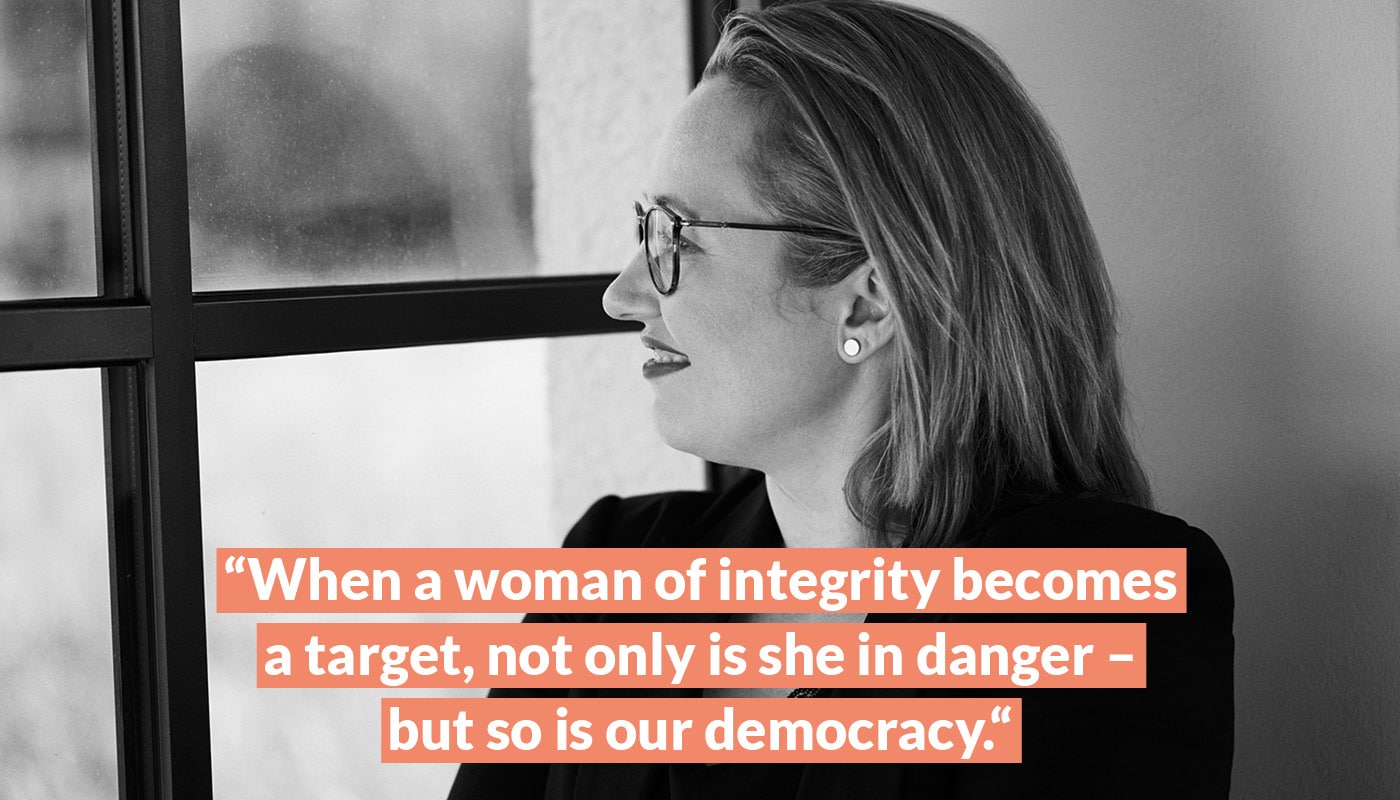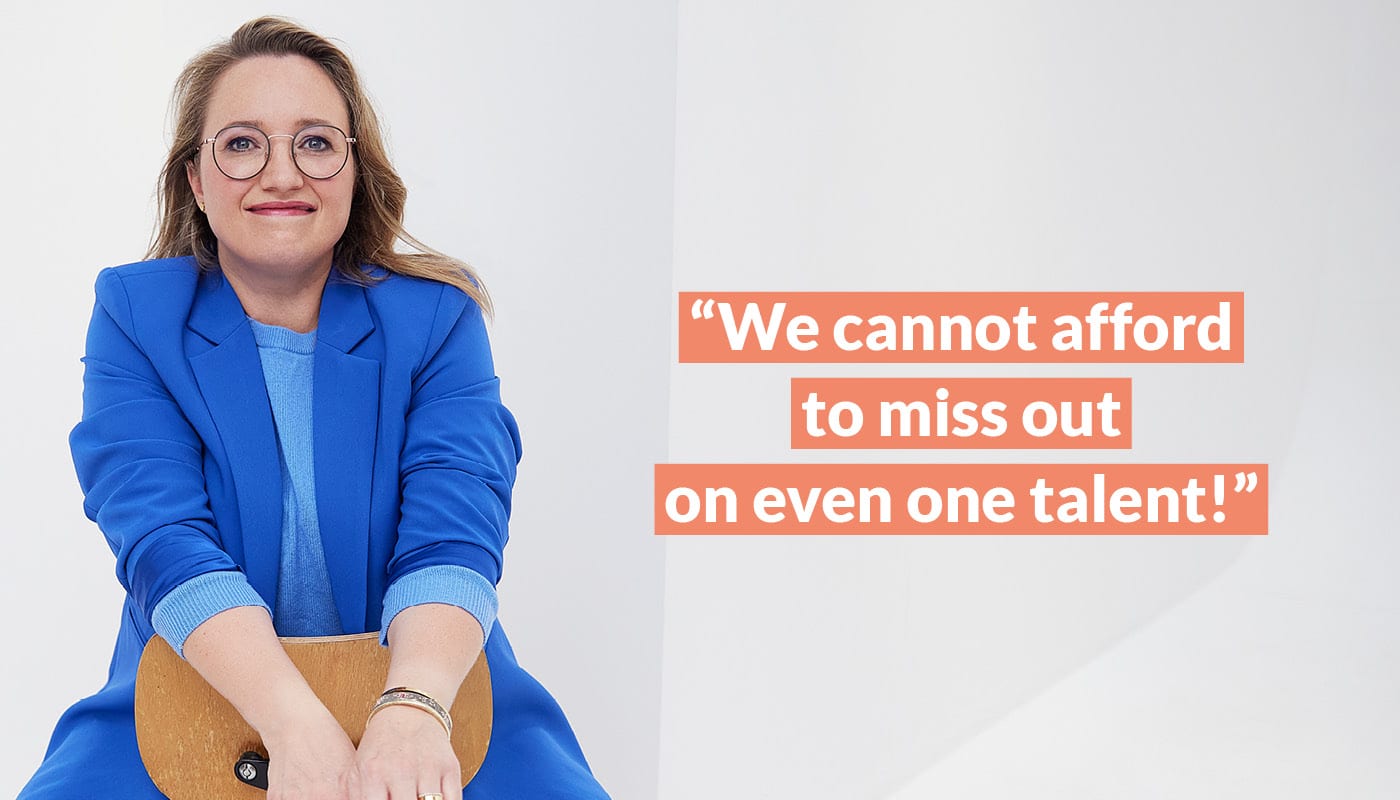Birth rates in wealthy countries have been steadily declining over the past few decades — not just in the “West,” but also in China, South Korea, and most other countries in Asia and (South) America. A global trend, in other words.
Birth rates in affluent countries have been steadily declining over the past decades.
Not only in the “West,” but also in China, South Korea, and most other countries in Asia and (South) America. A global trend, in other words.
The Frankfurter Allgemeine Zeitung cites the following reasons: “One key factor is improved access to education, particularly for women. This often leads to later marriages and delayed motherhood, which lowers the total number of children a woman has. In parallel, economic development in many countries has contributed to couples having fewer children, for reasons such as higher living costs and a stronger career focus. (…) Changing gender roles and emancipation — especially the evolving role of women in terms of career and self-fulfillment — have also had a significant impact. Many women are opting out of traditional family models or choosing to have smaller families.”
Other reasons include advances in healthcare and easier access to contraception.
But there’s also a less encouraging aspect from the medical field that seems to play a role: declining fertility, particularly among men. At the SXSW tech festival in Austin, five trends shaping 2025 were recently presented. Trend #4: Technological fertility support. “A surprisingly common theme this year is fertility — the fight against declining birth rates and revolutionary methods of artificial reproduction.”
From a societal perspective, it’s mostly about the surrounding conditions: Beyond the lack of childcare options, persistent gender stereotypes continue to put pressure on women and make it even harder to balance work and family life.
“Young women are finding it increasingly difficult to reconcile having children with their careers. What we’re seeing is that women are more likely to forgo having children than give up their jobs,” says Jutta Allmendinger, professor at Humboldt University and the Free University of Berlin, and former president of the Berlin Social Science Center (WZB). “All in all, it’s a no-win situation for women. The declining birth rate suggests where women see the solution to this dilemma for themselves.”
Anne Theiss is the editor of the book Rethinking Motherhood. Prominent Voices for More Solidarity and a New Image of Motherhood, which she will present at the Authors-MeetUp at the herCAREER Expo 2025.
“For many mothers, the limit of what they can bear has long been exceeded: They are experiencing the collapse of support structures in childcare, education, and healthcare — while structural disadvantages like the #GenderCareGap and #GenderPayGap remain unchanged. This comes at the expense of their financial independence, their health — and their children.”
So, there’s a lot to improve when it comes to progressive family policies!
Yet the globally declining birth rates can also be seen in a positive light: as a sign that women are increasingly claiming the freedom to consciously and autonomously decide over their bodies and life paths.
“Kids or none, the choice is our own” — this was already written on posters by the women’s movement in the 1970s in protest against § 218.

Posted by Natascha Hoffner,Founder & CEO of herCAREER | Recipient of the FTAfelicitas Award from Femtec.Alumnae e.V. | LinkedIn Top Voice 2020 | Editor of the “Women of the Year” books published by Callwey Verlag
published on LinkedIn on 25.03.2025
References:
- https://www.handelsblatt.com/technik/forschung-innovation/tech-festival-sxsw-welche-trends-2025-praegen-duerften/100112315.html
- https://www.welt.de/politik/deutschland/article250654695/Kinderwunsch-in-Deutschland-Absturz-der-Geburtenrate-Tiefstand-wie-zuletzt-2009.html
- https://www.faz.net/aktuell/wissen/die-geburtenraten-sinken-weltweit-droht-ein-bevoelkerungskollaps-19867241.html












